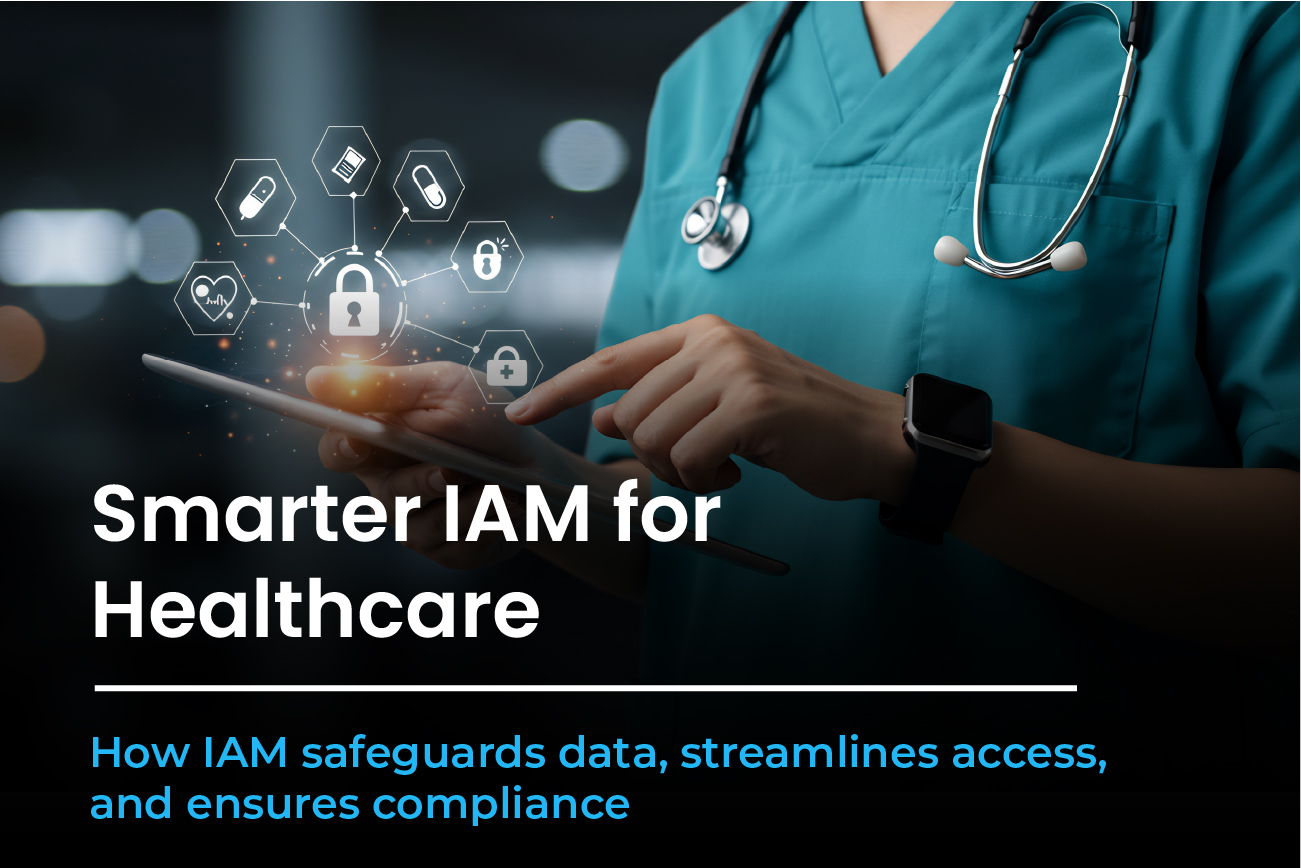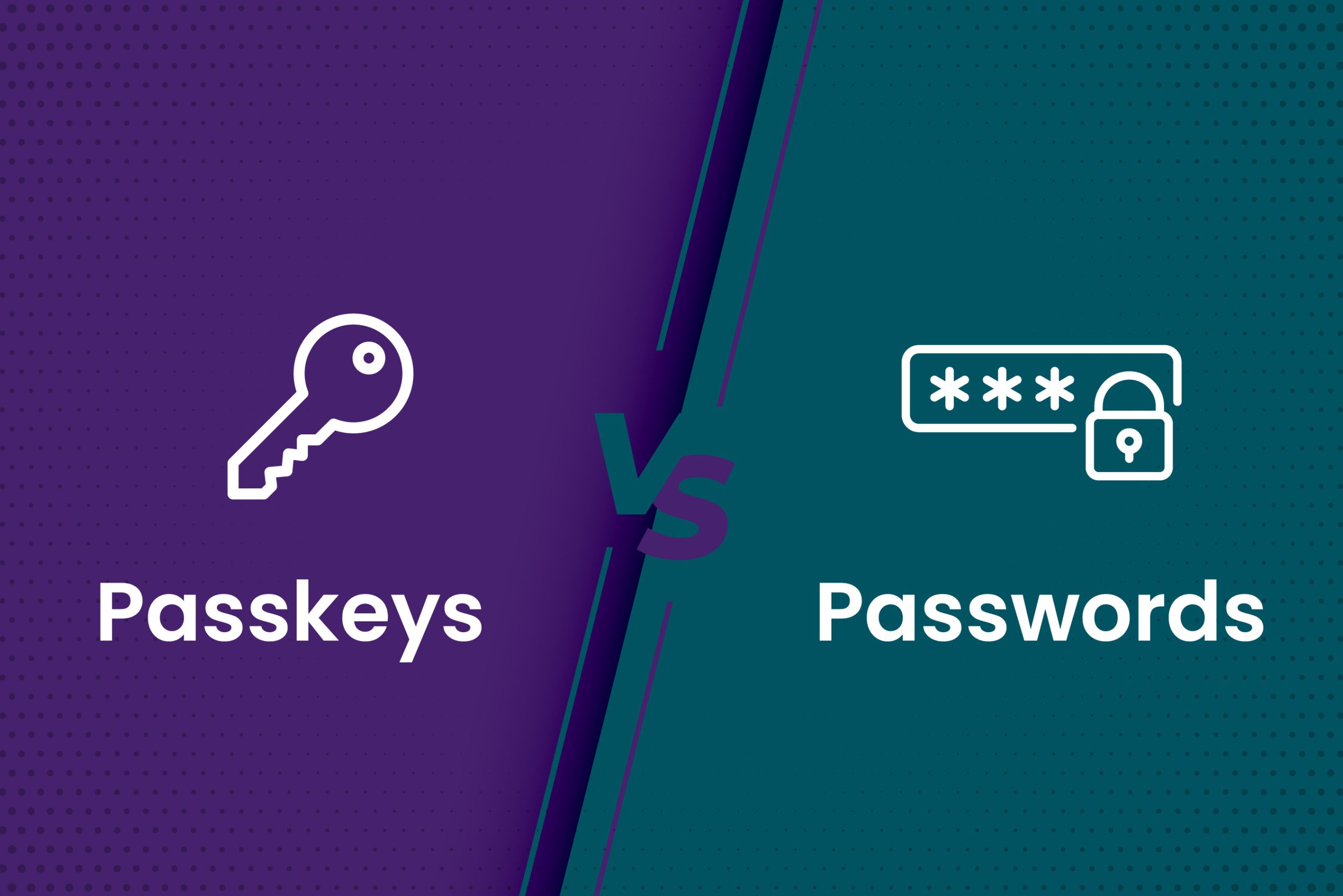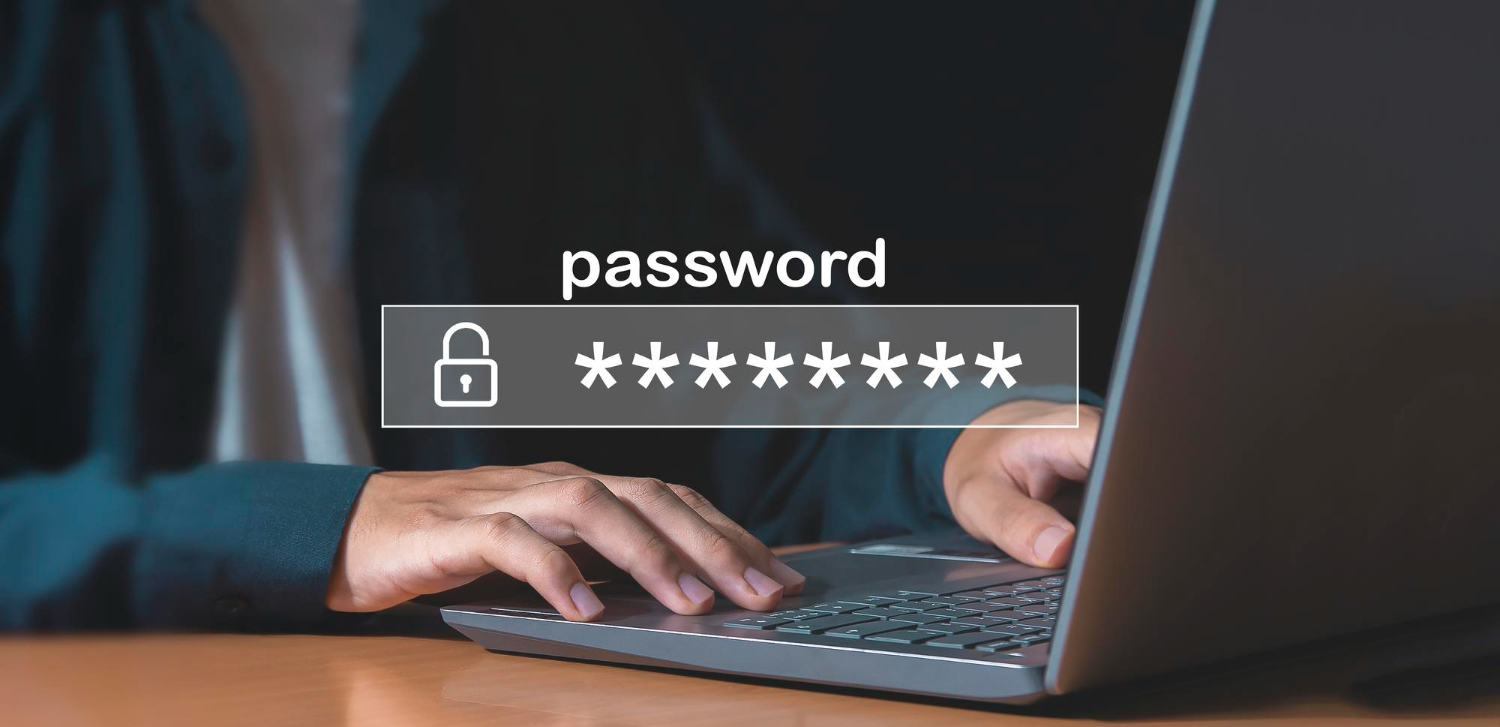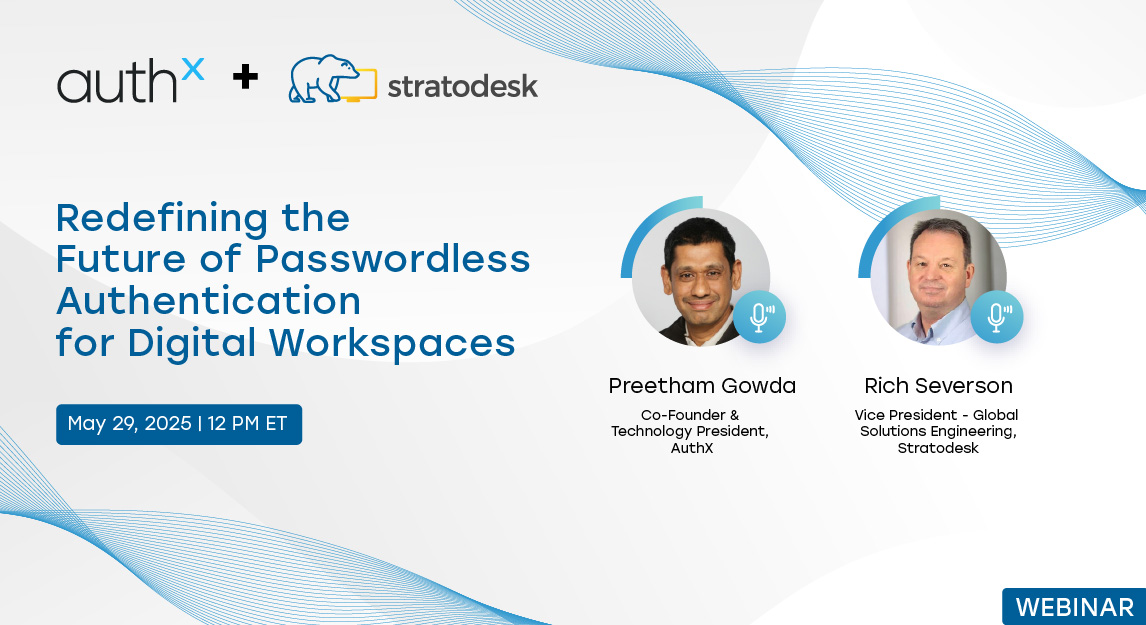We often hear this from healthcare IT leaders: “Stringent security is slowing us down.”
And they’re not wrong. In hospitals and clinics, password resets clog up the helpdesk. Onboarding takes longer than it should. Contractors linger in systems far after they’ve left. Meanwhile, patient data, some of the most sensitive in existence, is under constant threat.
The truth is that traditional identity and access systems weren’t built for the complexity of modern healthcare. But healthcare identity and access management (IAM) is evolving fast. And for forward-thinking healthcare providers, it’s becoming a strategic advantage.
Understanding Identity and Access Management in Healthcare
Identity access management in healthcare is not just about who logs in. It’s about who has access, what they can do, and how long they should have it, whether it’s a doctor doing rounds, a patient checking lab results, or a contractor fixing an EHR module.
IAM solutions in medical is basically a combination of healthcare identity management (proving who someone is) and access management (providing a sufficient level of access). When implemented correctly, it reduces risk, ensures adherence, and enhances the quality of care.
The Importance of Healthcare Identity and Access Management
Why does healthcare IAM matter more than ever?
Because everything is connected and exposed. Clinicians move across departments. Patients log in from their phones. Devices like infusion pumps and imaging systems are networked. APIs power third-party services. And attackers are getting smarter.
Strong healthcare IAM ensures:
- The right people get the right access at the right time
- Sensitive healthcare data is protected from misuse
- Compliance with HIPAA, HITRUST, and NIST is baked in
- Care teams can move quickly without compromising security
Key Use Cases: IAM in Action
Let’s break down what healthcare IAM looks like in the real world.
Patient Identity Management in Healthcare
Patients expect frictionless digital experiences. That means secure onboarding without passwords, instant access to records, and login experiences that mirror modern banking apps.
Today’s IAM solutions support passwordless authentication, biometric logins, and real-time identity proofing. This not only boosts security, but it also improves patient engagement and strengthens medical identity management across systems.
Workforce Identity Management for Clinicians and Staff
Hospitals are dynamic. A nurse might cover three departments in a week. Without smart role-based access control (RBAC), they either get too much access or can’t do their job.
Modern IAM systems in clinics and hospitals offer real-time provisioning, just-in-time access, and emergency workflows that ensure speed and safety coexist.
Managing Third-Party and Contractor Access
Vendors, visiting physicians, and temporary staff need quick, temporary access. But they also need to be offboarded just as fast. IAM platforms now automate time-bound access, reducing human error and exposure.
Challenges in Healthcare Identity Access Management
Even with these tools, challenges persist.
- Complex infrastructure: Many healthcare systems run legacy and modern systems side by side.
- IoT and device sprawl: Medical equipment often lacks identity controls.
- Fragmented identities: Different departments use different systems, leading to silos.
- User resistance: Clinicians won’t adopt tools that disrupt workflows.
To solve these, we need IAM solutions that are interoperable, intuitive, and built with healthcare’s pace in mind.
Best Practices for Healthcare Identity Access Management
To build a future-ready IAM strategy, healthcare providers should focus on these key principles:
- Adopt Role-Based and Attribute-Based Access Control
Match access privileges to job functions and certifications. Automate provisioning and deprovisioning based on HR triggers or department changes.
- Enforce Multi-Factor Authentication (MFA)
Use contextual Multi factor authentication; stronger requirements for sensitive actions (like prescribing medicines), lighter for routine logins.
- Audit Access Continuously
Don’t just review access once a year. Use real-time insights to detect anomalies, especially across cloud and SaaS tools.
- Apply Zero Trust and Least Privilege Models
Assume no user or device should be trusted by default. Give access only when necessary, and for the minimum time needed.
- Bridge Identity Sources
Use orchestration tools to unify fragmented identity systems. This is especially important for merging EHRs, HR systems, and access management platforms.
Regulatory Compliance and Identity Access Management
Compliance isn’t just a legal requirement; it’s a driver for process maturity.
Modern IAM solutions for healthcare come with built-in support for:
- HIPAA: Privacy, integrity, and availability of electronic patient data
- HITRUST: Risk-based security controls and audit readiness
- NIST IAL2: Trusted identity assurance standards
Automating identity reviews and logging access events ensure you’re always ready for the next audit without the manual scramble often associated with legacy identity access management healthcare systems.
Emerging Trends in Healthcare IAM
The future of IAM in healthcare is being shaped by a few powerful trends:
- Biometrics and Passkeys : Passwords are dying and that’s a good thing. Biometric authentication and passkey-based login are not only more secure, but they’re also far easier for users. Especially in high-stress IAM healthcare environments, eliminating password friction can make a big difference.
- Machine Identities : We often forget that non-human identities (like APIs, scripts, and IoT devices) also need governance. IAM platforms are beginning to treat these machine identities as first-class citizens in medical identity management.
- No-Code IAM Automation : Smaller clinics and hospitals often lack dev resources. That’s where no-code IAM tools come in, allowing IT admins to set up provisioning rules, compliance workflows, and identity flows without writing a line of code.
- User-Centric IAM Design : It’s easy to forget that clinicians and patients are real people. If your IAM system adds friction, it won’t get used or worse, users will find workarounds. The next generation of IAM healthcare platforms is being built with adoption in mind, focusing on intuitive design and seamless experiences.
IAM and Zero Trust in Healthcare
Zero Trust authentication isn’t a product: it’s a mindset that assumes no user, device, or session is inherently trustworthy, even within the network. Identity and Access Management (IAM) serves as the foundation of this approach by continuously verifying identities, enforcing least-privilege access, and monitoring user behavior in real time. By aligning with Zero Trust principles, modern healthcare IAM tools are enabling organizations to move beyond traditional perimeter-based defenses toward identity-driven security.
Building a Robust IAM Strategy for Healthcare
So, what does a strong IAM healthcare strategy look like?
A strong IAM strategy for healthcare balances security, usability, and compliance. It enables seamless patient access without compromising protection, supports real-time provisioning for clinicians and staff, secures access across devices and applications, automates compliance with regulations like HIPAA and HITRUST, and unifies identity architecture across the entire healthcare identity management ecosystem.
How AuthX Simplifies IAM for Healthcare Providers?
At AuthX, we’ve designed an IAM solution built for the healthcare industry, not just retrofitted to it.
Our platform supports:
- Biometric, Passkey, Badge Tap Access, Mobile Push, etc.
- Integration with EHR systems like Epic and Cerner
- Policy-driven access control for hospitals and clinics
- Real-time compliance workflows
- Identity orchestration across legacy and cloud systems
Whether you’re an IAM hospital team rolling out MFA or a growing IAM clinic consolidating user access, AuthX helps you move faster securely.
Final Thoughts: IAM as a Catalyst for Better Care
In healthcare, identity and access go far beyond technical requirements; they impact patient safety, staff productivity, and the overall quality of care. A modern IAM strategy can be a powerful enabler, not a roadblock.
It’s time to leave behind outdated, reactive access controls and adopt an identity-first approach that supports both security and clinical agility. The right IAM framework helps reduce friction for providers, minimizes risk exposure, and strengthens compliance without slowing things down. Let identity become a strategic asset, one that works for your organization, not against it.
FAQs
What is IAM in healthcare and why is it important?
IAM in healthcare ensures the right users have timely access to systems while protecting sensitive healthcare data and ensuring compliance with HIPAA and other regulations.
How does IAM support patient identity management in healthcare?
It allows for secure and seamless patient onboarding, identity verification, and access to medical records through tools like biometrics and passkeys, all essential functions of IAM healthcare platforms.
What challenges do healthcare providers face in access management?
Key challenges include managing third-party access, complex infrastructure, and balancing user security with speed of care.
How can IAM solutions help with compliance in healthcare?
IAM platforms automate access logs, provisioning, and policy enforcement — helping healthcare organizations stay audit-ready for HIPAA and HITRUST.
What makes IAM solutions like AuthX ideal for the healthcare industry?
AuthX offers dynamic role-based policies, real-time access management, and integrations with EHR systems, making it a perfect fit for IAM healthcare setting.















